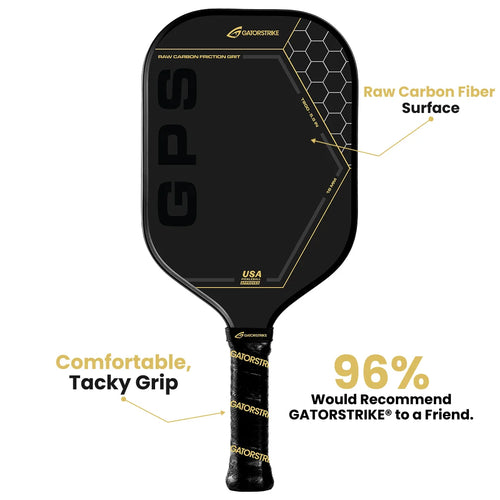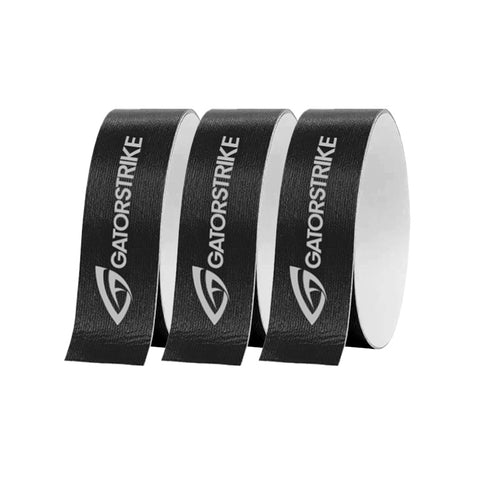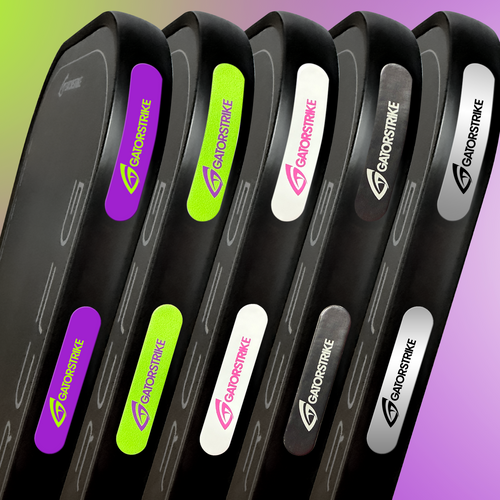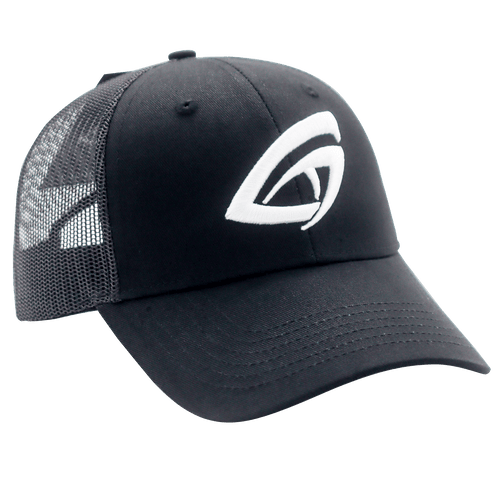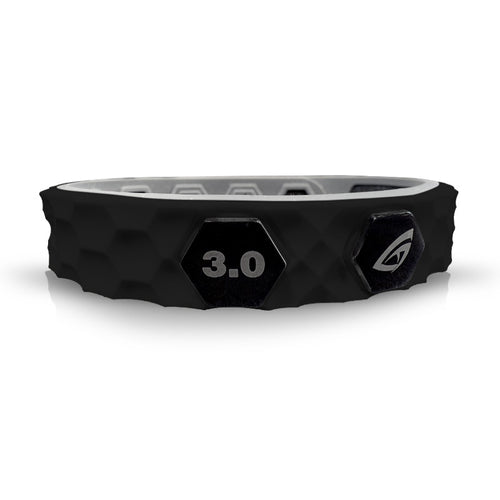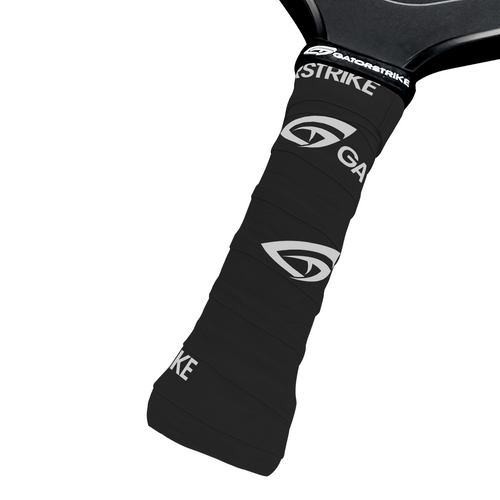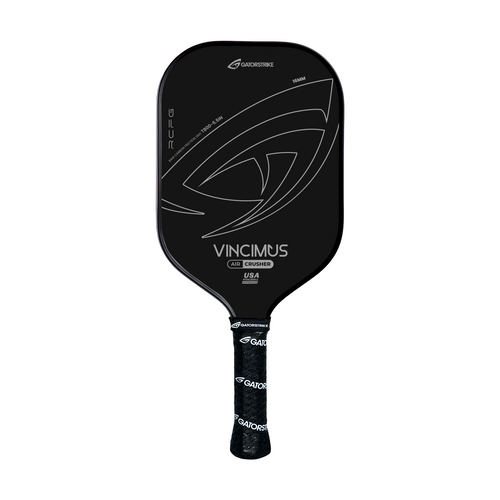
The Evolution of Pickleball Equipment: Past, Present, and Future Innovations
Share
Pickleball—once the quirky pastime of curious retirees—has graduated into a nationwide phenomenon with professional leagues, youth tournaments, and legions of loyal players. As the sport has gained traction, so too has its gear. Gone are the days of homemade paddles and hand-me-down wiffle balls. In their place: cutting-edge materials, high-tech design, and equipment engineered for peak performance.
In this journey through the evolution of pickleball equipment, we’ll unearth its humble origins, celebrate its current advancements, and peer into the imaginative future of the gear that shapes the game.
The Genesis Era: Homegrown Simplicity
The birth of pickleball in 1965 on Bainbridge Island, Washington, was anything but high-tech. It was a classic case of necessity birthing invention. When three dads—Joel Pritchard, Bill Bell, and Barney McCallum—couldn’t find the proper gear for a backyard game, they improvised.
Paddles of the Past
The first paddles were rudimentary wooden slabs, reminiscent of oversized table tennis paddles. These early iterations were handmade, heavy, and, by today’s standards, downright clunky. Crafted from plywood and shaped with jigsaws, they lacked ergonomic precision—but they got the job done.
The Original Ball
The ball? A plastic perforated sphere borrowed from the world of wiffle ball. It was selected for its bounce characteristics and relative safety. Early games were played with a net lowered from a badminton setup, on makeshift courts chalked onto driveways or tennis courts.
This era was defined by DIY ethos and a sense of playfulness. Yet, as the sport migrated from cul-de-sacs to clubs, the gear began to evolve.
The Modern Epoch: Performance Meets Precision
As pickleball swelled in popularity, the equipment matured—shedding its backyard aesthetic in favor of sport-specific sophistication.
Paddle Evolution: From Wood to Wizardry
Today’s paddles are marvels of modern engineering. Players can now choose from composite, polymer, carbon fiber, graphite, and hybrid constructions. Each material offers distinct advantages—graphite provides speed and responsiveness; polymer cores offer better control and shock absorption.
Contemporary paddles also feature:
-
Honeycomb core technology for optimized energy transfer
-
Edge guards for durability
-
Ergonomic grips with sweat-absorbing materials
-
Textured faces to enhance spin mechanics
Top-tier paddles are tested in wind tunnels, stress-tested for torque, and tailored for competitive dynamics.
Balls: Built for Indoors and Out
The modern pickleball is no longer a one-size-fits-all sphere. Today’s balls are designed with specificity:
-
Indoor balls have larger holes and are softer for reduced bounce on hardwood or gym floors.
-
Outdoor balls are heavier, harder, and have smaller holes to withstand wind resistance and abrasive surfaces.
Durability, bounce consistency, and color visibility are now key variables in ball manufacturing, with players often developing preferences based on brand and venue.
The Net and Court Setup
Portable pickleball nets now feature tensioning systems, reinforced frames, and wheel-mounted bases for easy setup. Courts, once makeshift, are now purpose-built with specialized surfaces and color schemes to optimize gameplay and reduce injury.
The Future Frontier: Smart Gear and Space-Age Materials
As pickleball sprints into the mainstream, the next frontier of equipment will be defined by innovation that blends sport science with user-centered design.
Smart Paddles
Expect paddles equipped with embedded sensors that track metrics such as swing speed, paddle angle, sweet spot accuracy, and even stroke type. These will connect to companion apps offering real-time feedback and post-match analytics, perfect for data-hungry athletes and coaches alike.
Material Advancements
Emerging materials such as aerogels, carbon nanotubes, and graphene-infused polymers may revolutionize paddle construction. These futuristic composites could yield paddles that are simultaneously lighter, stronger, and more responsive than anything seen before.
Custom-Fit Equipment
3D scanning and printing may allow for custom-molded grips, tailored paddle shapes, and player-specific weight distributions, ushering in an era of gear personalization once reserved for elite athletes.
Augmented Reality Integration
While still speculative, AR-enhanced glasses could become a training tool, overlaying virtual markers, shot trajectories, and footwork guidance during practice.
Conclusion: From Plywood to Precision Engineering
The story of pickleball equipment is one of ingenuity, adaptation, and ceaseless refinement. From its scrappy, backyard roots to its present-day performance gear and visionary prototypes, the sport's evolution reflects a broader cultural shift: pickleball is no longer niche—it's a movement.
As manufacturers continue to push the envelope, players of all ages and skill levels can look forward to tools that not only enhance their play but also deepen their love for the game. Whether you wield a graphite composite paddle or a sensor-embedded smart model, one thing is clear—pickleball’s future is as dynamic and spirited as the game itself.
